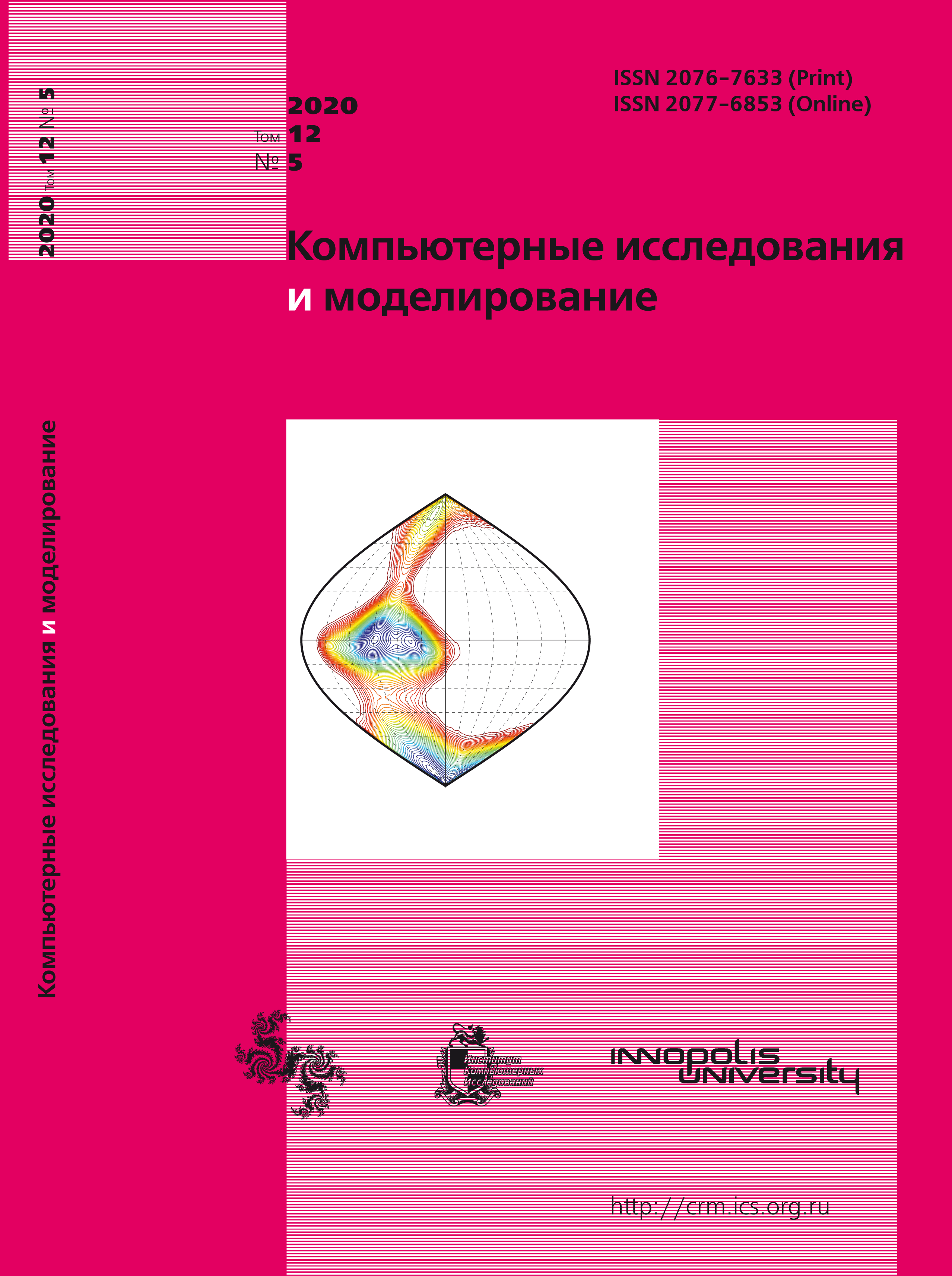All issues
- 2025 Vol. 17
- 2024 Vol. 16
- 2023 Vol. 15
- 2022 Vol. 14
- 2021 Vol. 13
- 2020 Vol. 12
- 2019 Vol. 11
- 2018 Vol. 10
- 2017 Vol. 9
- 2016 Vol. 8
- 2015 Vol. 7
- 2014 Vol. 6
- 2013 Vol. 5
- 2012 Vol. 4
- 2011 Vol. 3
- 2010 Vol. 2
- 2009 Vol. 1
Hypergraph approach in the decomposition of complex technical systems
 pdf (1047K)
pdf (1047K)
The article considers a mathematical model of decomposition of a complex product into assembly units. This is an important engineering problem, which affects the organization of discrete production and its operational management. A review of modern approaches to mathematical modeling and automated computer-aided of decompositions is given. In them, graphs, networks, matrices, etc. serve as mathematical models of structures of technical systems. These models describe the mechanical structure as a binary relation on a set of system elements. The geometrical coordination and integrity of machines and mechanical devices during the manufacturing process is achieved by means of basing. In general, basing can be performed on several elements simultaneously. Therefore, it represents a variable arity relation, which can not be correctly described in terms of binary mathematical structures. A new hypergraph model of mechanical structure of technical system is described. This model allows to give an adequate formalization of assembly operations and processes. Assembly operations which are carried out by two working bodies and consist in realization of mechanical connections are considered. Such operations are called coherent and sequential. This is the prevailing type of operations in modern industrial practice. It is shown that the mathematical description of such operation is normal contraction of an edge of the hypergraph. A sequence of contractions transforming the hypergraph into a point is a mathematical model of the assembly process. Two important theorems on the properties of contractible hypergraphs and their subgraphs proved by the author are presented. The concept of $s$-hypergraphs is introduced. $S$-hypergraphs are the correct mathematical models of mechanical structures of any assembled technical systems. Decomposition of a product into assembly units is defined as cutting of an $s$-hypergraph into $s$-subgraphs. The cutting problem is described in terms of discrete mathematical programming. Mathematical models of structural, topological and technological constraints are obtained. The objective functions are proposed that formalize the optimal choice of design solutions in various situations. The developed mathematical model of product decomposition is flexible and open. It allows for extensions that take into account the characteristics of the product and its production.
Copyright © 2020 Bozhko A.N.
Indexed in Scopus
Full-text version of the journal is also available on the web site of the scientific electronic library eLIBRARY.RU
The journal is included in the Russian Science Citation Index
The journal is included in the RSCI
International Interdisciplinary Conference "Mathematics. Computing. Education"






